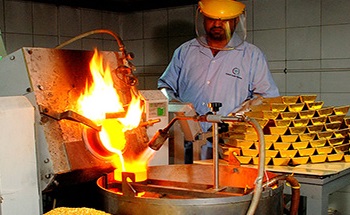 |
| The Cerro Corona Mine in the highest part of the western Cordillera of the Andes Mountains in northern Peru, two kilometers north-west of the village of Hualgayoc in the Department of Cajamarca |
Cerro Corona mine cover an area of 4,379.3 hectares, while the surface rights cover 1,244 hectares. The Cerro Corona Mine is mining methods open-pit situated in the highest part of the western Cordillera of the Andes Mountains in northern Peru, two kilometers north-west of the village of Hualgayoc in the Department of Cajamarca. And this gold mine owned by Gold Fields La Cima S.A. (GFLC) a wholly owned subsidiary of Gold Fields Limited (GFL) which holds 99.53% of the economic interest, from the original 80% to 98.6% in 2012 and in 2013 to 99.53%.
Earlier in the year 2003, Gold Fields, through a subsidiary, signed a definitive agreement with Sociedad Minera Corona S.A. for the purchase of the Cerro Corona deposit and adjoining mining concessions.
The environmental impact assessment in Cerro Corona mine approved on 2 December 2005, and in May 2006 began construction at the mine Cerro Corona. Building of the Las Gordas tailings dam and quarrying for the relevant construction material commenced in 2007.
The mine production in Cerro Corona started in September 2008, when the process plant started to operate. The Project Cerro Corona mine involves the production of gold and copper and It is estimated that the current Mineral Reserve will be depleted in 2023
MINERAL DEPOSIT IN CERRO CORONA MINE PERU










